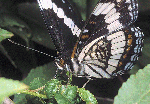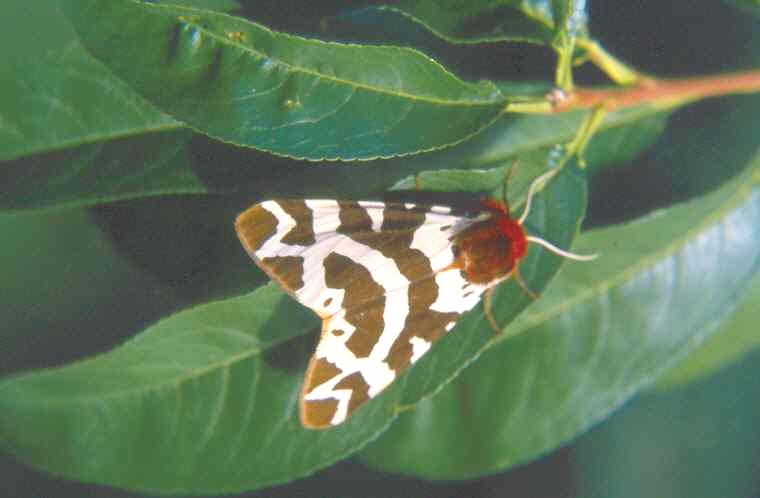
Utah Lepidopterists' Society
Founded 6 Nov 1976

|
|
Utah Lepidopterists' Society Founded 6 Nov 1976 |
|
Utah Habitats for Butterflies and Moths
Those who have studied or collected butterflies and moths in Utah probably have an appreciation for the states' vast geographical diversity. When looking at the appropriate sub-categories to divide the state as "areas to find differing species of lepidoptera," it is somewhat complicated to place the most correct name to this categorical designation. Whether this name should be called habitat, faunal distribution, physiographic sections, biogeographic zones, or some combination of the above, remains unclear. However, for the sake of argument, the term "habitat" is utilized here--even though it might not be the most correct, all-encompassing designation.
In the north, Utah's geographical diversity includes the eastern extension of the Great Basin approaching the western extension of the Rocky Mountains. Salt Lake and Utah Valley citizens are privileged to live in the buffer zone between these two vastly differing mountain ranges. The southern part of the state is divided amongst further montane regions intermixed with Canyon Country habitats comprising the northern section of the Colorado Plateau.
Venturing southwest from Iron County, the montane region changes drastically as one approaches Washington County and the St. George area. This region of the state, part of which includes the Utah Mojave, is termed "Utah's Dixie".
Normally, the term "montane" would include all of the state's mountainous (non-arctic/alpine) regions. However, in this case, because of the geological, floral, and faunal diversity separating the Basin and Range Province from the Wasatch Mountains, we are separating these two entities from what we would normally define as "montane" in order to identify and articulate new categories of habitat. Further subdividing within the Wasatch Range include Wasatch Hilltops, Wasatch Valley Riparian, and Wasatch Valley Meadows.
The reasoning behind this is that most people who visit the state of Utah, seem to inquire about specific places along or near the Wasatch Front where they can go and find a decent mix of species of butterflies and/or moths. There is no doubt that these visiting lepidopterists also will seek out other Utah habitats; but, for some reason, the Wasatch seems to be a recurring request for local habitat. It is for their benefit that Northern Utah, generally, and the Wasatch Range, specifically, is placed under a tighter, more differentiating, magnifying glass. In order to take a closer look at this area, simply click on the hotspot on the map showing sections 1-4, or click here.
 |
8. Montane 9. Utah's Dixie
|
| History | Mission | Meetings | Bulletin | Checklists | Links | Community | Field Trips | Habitat | Members | Kids | Contact Us |
All images of Limenitis weidemeyeri on the ULS Info Bar courtesy Jay Cossey
|
|